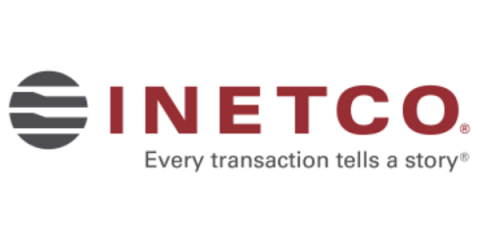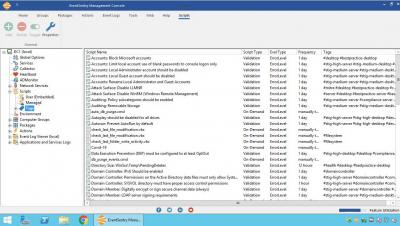Why Are SIEMs Expensive?
SIEM (Security Information and Event Management) systems have a reputation for being expensive. And that’s generally correct – they can cost hundreds of thousands per year or have huge upfront costs. But why is that? There are several main reasons: All of this is changing. According to Gartner, SIEMs are going to the mid-market and these things don’t hold true there.











